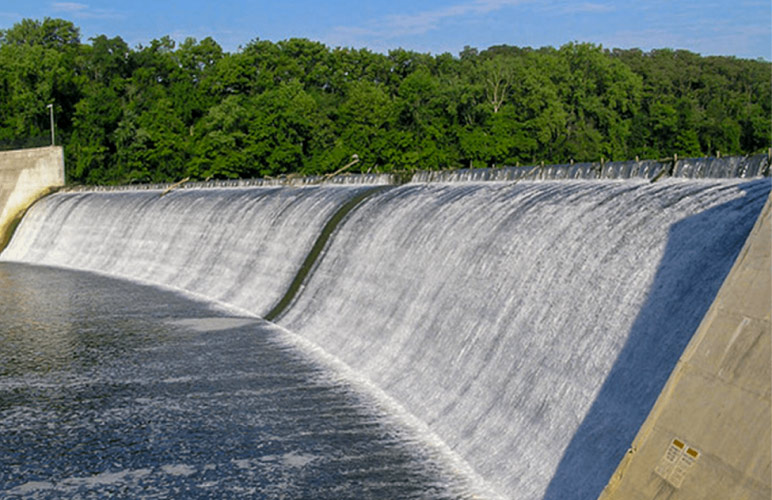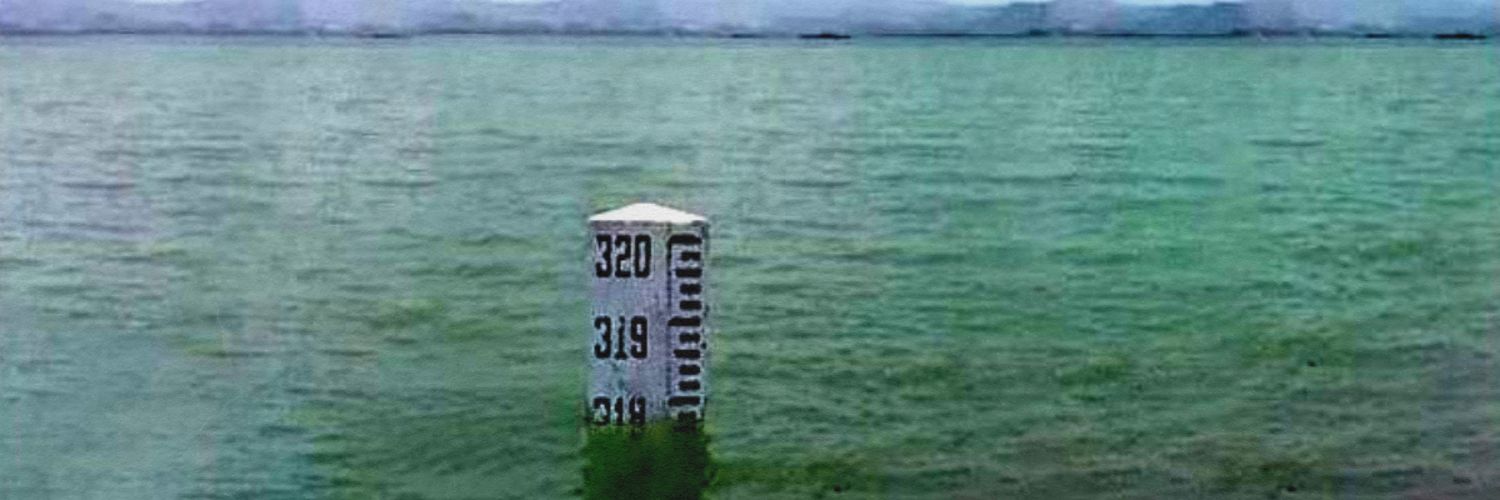
Pakistan’s Fifth Largest Dam, Hub Dam stands as an Integral Part of Karachi’s Water Source.
Hub Dam is more than a dam and offers a captivating retreat, inviting you to connect with nature in its purest form. Hub Dam serves as a crucial reservoir for Pakistan that not only meets the water needs of the region but also plays a pivotal role in supporting various ecosystems and communities.
Hub Dam is one of Pakistan’s renowned tourist spots that draws visitors across Pakistan and other countries each year. The dam is at a distance of approximately 60 kilometers from Karachi. The dam has a total storage capacity of 857,000 acre-feet and expands to an area of 24300 acres on Sindh and Balochistan’s border.
The development of Hub Dam commenced in September 1963 and its construction was finalised after 18 years in July 1981. The dam’s principal objective of erection was to manage the Hub River’s water flow, avoid floods, give water to companies near Karachi, offer water for agriculture to Lasbela and Karachi, and act as a river storage reserve.

Hub Dam has the following features which make it a popular spot for tourists and locals:
Pakistan’s Third Biggest Dam
Pakistan has the third largest dam known as the Hub Dam which makes it the center of attention for many visitors inside and outside Pakistan.
Beautiful Scenery
This destination offers some amazing sights of mountains, lush greenery, and aqua which makes it an ideal place for capturing moments.
Drinking Water Source
The dam serves as Karachi’s fundamental source of drinking water. In the Lasbela district, it is also utilized for irrigation.
An Oasis for Wildlife
The Sindh government designated the Hub Dam Wildlife Sanctuary as a wildlife refuge in 1974. It is a distinctive environment that provides shelter to a variety of exotic wildlife species and acts as an important winter home for migrating birds.
A Home to Flora
Many plant species including Acacia nilotica, Tamarix aphylla, Prosopis juliflora, and Ziziphus mauritiana grow in this zone and become food for the other living animals in the area.
A Living Spot for Mammals, Birds and Reptiles
Numerous mammals including the Indian grey mongoose, jungle cat, desert hare, Indian pangolin, blackbuck, Indian gazelle, Indian wolf, and striped hyena live in this wildlife sanctuary. This place offers a home to more than 200 birds. Some of these bird species include black-winged stilt, little egret, Indian pond heron, common coot, shoveler, and Eurasian wigeon. Reptiles like the Indian cobra, Indian rock python, saw-scaled viper, and the spiny-tailed lizard are also found in this area.
Significance in the Ecological Aspect
The sanctuary is not merely a safe refuge for wildlife, but it also serves a vital purpose in preserving ecological equilibrium. It functions as a carbon absorption, soaks harmful substances, and keeps soil from eroding.
The best time to explore Hub Dam is typically during the cooler months from November to March, from late autumn to early spring. The weather is more comfortable, making it enjoyable to appreciate the dam’s surroundings and engage in outdoor activities. Additionally, water levels are likely to be more stable during this period, offering a better overall experience for visitors. Hub Dam opens at 8 am and closes at 5 pm so you should plan a trip accordingly to get the most enjoyment out of your visit.
● Ensure a smooth trip by packing essential items.
● Bring an ample supply of water and snacks since there aren’t any restaurants or cafes nearby.
● Opt for comfortable footwear for easy moving.
● Have a map handy to avoid getting lost in the area.
● For safety reasons, consider planning your trip with companions rather than going solo.
If you are planning a visit to Hub Dam then exploring the captivating destinations close to it would add more pleasure to your trip. Some of the fascinating nearby places worthy for discovery include Princess of Hope, Hinglaj Mata Temple, Buzzi Pass, Ormara Beach, Kund Malir Beach, Astola Island, and Gwadar Port.
To reach Hub Dam by road from Karachi, start at the city center and head west on National Highway 25 (N-25). Continue through the district of Lasbela, and as you approach Hub City, follow signs or local directions to Hub Dam. Be attentive to potential signage and landmarks. Ensure your vehicle is well-maintained, and consider using a GPS for navigation. The drive offers scenic views, but be cautious about road conditions.
If you want to get rid of the worries of traveling and wish to relish your journey tension-free, then you can book your tour with Guide to Pakistan and savor your personalized trip at an affordable package.

Hub Dam is a special destination that shows how people can work with nature. It’s the third biggest dam in Pakistan, and it carries out important operations like stopping floods and providing water for the area. But it’s not just about that – Hub Dam is a beautiful spot to relax and enjoy nature. You can take walks, appreciate the scenic view of the water, and even explore nearby places. So, if you’re looking for a break from the busy city, Hub Dam is a great place to visit. Plan your trip, have fun, and let Hub Dam fill your day with natural beauty and peaceful moments.
637, Street 34, DVs, Sector F, DHA Phase 1, Islamabad, Pakistan
info@guidetopakistan.pk
Phone : +92 3212224042